Home>Articles>How Many Cords Of Wood Can Be Cut Per Day Using Hand Tools
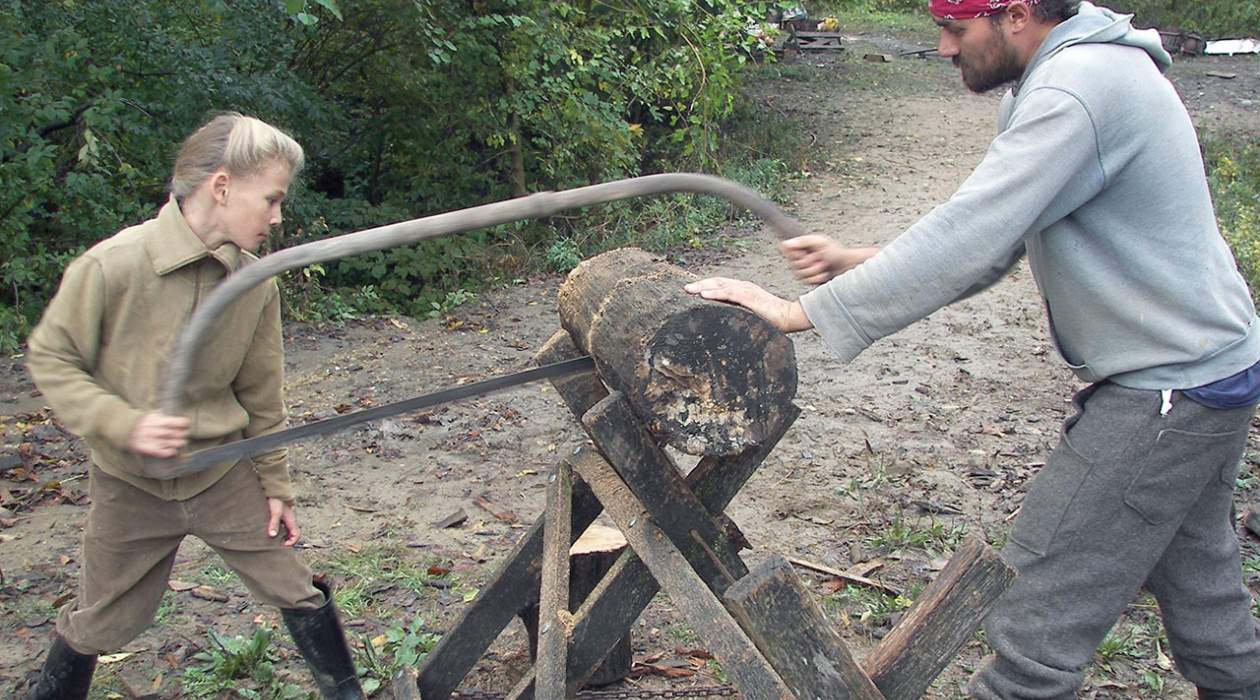

Articles
How Many Cords Of Wood Can Be Cut Per Day Using Hand Tools
Modified: December 7, 2023
Discover the efficient way to cut cords of wood using hand tools. Read our insightful articles for tips and tricks.
(Many of the links in this article redirect to a specific reviewed product. Your purchase of these products through affiliate links helps to generate commission for Storables.com, at no extra cost. Learn more)
Introduction
When it comes to cutting wood, many people immediately think of power tools such as chainsaws and electric woodcutters. However, there is a time-honored tradition of cutting wood by hand using various hand tools. These tools may not have the speed and efficiency of their electric counterparts, but they offer a unique and rewarding experience for those who enjoy the craft of woodworking.
In this article, we will explore the world of hand tools for cutting wood and delve into the factors that affect cord production when using these tools. We will discuss the different types of hand tools available, the average cord production per day, techniques for maximizing your efficiency, and important safety precautions to keep in mind.
While the use of hand tools may seem antiquated in today’s world, there are several reasons why individuals still choose to cut wood by hand. Some prefer the challenge and satisfaction of completing a task with pure physical effort. Others enjoy the tranquility and connection to nature that comes from working without the loud noise and vibration of power tools. Additionally, cutting wood by hand can be a more cost-effective option for those who have limited access to electricity or prefer to avoid the maintenance and fuel costs associated with power tools.
It’s important to note that cutting wood by hand requires physical strength and endurance, as well as knowledge of proper techniques. It’s not a task for everyone, but for those who are passionate about woodworking and are willing to put in the effort, it can be a deeply rewarding experience.
So, are you ready to embark on a journey into the world of hand tools for cutting wood? Let’s dive in and explore the factors that can affect cord production when using these tools.
Key Takeaways:
- Embrace the timeless art of cutting wood by hand with hand tools, prioritizing safety, efficient techniques, and a passion for craftsmanship to create a rewarding and fulfilling woodcutting experience.
- Understanding the factors affecting cord production, choosing the right hand tools, and implementing efficient cutting techniques can lead to a deeply satisfying and productive woodcutting journey, connecting you with nature and showcasing your woodworking skills.
Read more: How To Cut Wood Channel With Hand Tools
Factors Affecting Cord Production
When cutting wood by hand, several factors come into play that can impact the amount of cordage you can produce in a day. Understanding these factors will allow you to plan your work effectively and optimize your productivity. Here are some key factors that can affect cord production:
- Type of Wood: The type of wood you’re cutting plays a significant role in cord production. Different species of trees have different densities and fibers, which can vary in hardness and ease of cutting. Softer woods like pine and cedar are generally easier to cut, allowing for faster cord production, while hardwoods like oak and maple require more effort and time.
- Wood Moisture Content: The moisture content of the wood affects its density and overall cutting difficulty. Green or freshly cut wood contains higher moisture content, making it denser and harder to cut. Dry or seasoned wood, on the other hand, has lower moisture content and is generally easier to work with. It’s important to note that cutting wet wood can cause additional strain on the tools and may require more effort.
- Tool Sharpness: The sharpness of your hand tools directly affects your cutting efficiency. Dull blades or axes will require more force and effort to cut through the wood, reducing your cord production. Regularly sharpening your tools is essential to maintain optimal cutting performance. Additionally, using high-quality tools with durable blades is recommended for better results.
- Experience and Technique: The skill and experience of the person cutting the wood can significantly impact cord production. With practice, individuals can develop efficient cutting techniques, making each movement more effective and precise. Experienced woodcutters know how to position themselves and use their body weight effectively, allowing them to make clean and accurate cuts with less effort.
- Weather Conditions: Weather conditions can affect cord production, particularly if you are working outdoors. Rain, snow, extreme cold, or high humidity can make the wood damp or slippery, making it more difficult to cut. Additionally, adverse weather conditions can impact your grip on the tools and your overall comfort, potentially reducing your productivity.
It’s important to take these factors into account when planning your woodcutting activities. Understanding the characteristics of the wood you’re cutting, maintaining sharp tools, and honing your cutting techniques will greatly contribute to your cord production. Furthermore, being mindful of weather conditions and adjusting your work accordingly will help you optimize your productivity and ensure a safer cutting experience.
Types of Hand Tools for Cutting Wood
When it comes to cutting wood by hand, there are several types of hand tools available, each with its own unique characteristics and advantages. Whether you’re looking for precision cuts or raw power, there’s a hand tool that can suit your needs. Here are some common types of hand tools for cutting wood:
- Axes: Axes are versatile tools used for splitting, shaping, and felling trees. They consist of a sharpened metal blade attached to a long wooden or fiberglass handle. The weight and design of an axe allow for powerful swings, making them suitable for cutting larger logs and performing heavy-duty tasks.
- Bow Saws: Bow saws, also known as bow frame saws, are used for crosscutting and shaping wood. They have a thin, narrow blade stretched across a frame in the shape of a bow. The blade is tensioned to make efficient cuts, and the design allows for easy maneuverability, making them suitable for cutting hardwoods and making intricate cuts.
- Hand Saws: Hand saws are versatile cutting tools that come in various shapes and sizes. They typically have a long, narrow toothed blade with a comfortable handle. Hand saws are commonly used for rough cutting, making straight or angled crosscuts, and creating joints in woodworking projects.
- Chisels: Chisels are sharp-edged tools used for cutting and shaping wood by removing small amounts of material. They have a long, straight blade with a beveled edge and a sturdy handle. Chisels are commonly used for precision work such as trimming, creating grooves or mortises, and carving intricate details.
- Bushcraft Knives: Bushcraft knives are multipurpose knives that can be used for various woodcutting tasks. They typically have a fixed blade with a sharp edge and a comfortable handle. These knives are designed for survival and outdoor activities and can be used for cutting small branches, making feather sticks, or even carving wood.
Which hand tool you choose will depend on the specific task at hand and your personal preferences. Axes are suitable for heavy-duty cutting, while bow saws offer precision and maneuverability. Hand saws are versatile and can handle a wide range of cutting tasks, while chisels excel at detailed woodworking. Bushcraft knives are compact and portable, making them ideal for outdoor situations.
When selecting hand tools, it’s important to choose high-quality tools that are well-maintained. Sharp blades, sturdy handles, and proper ergonomics are crucial for both safety and optimal cutting performance. Additionally, choosing the right tool for the job and using it correctly will ensure that you achieve the best results in your woodcutting endeavors.
Average Cord Production per Day with Hand Tools
The amount of cordage that can be produced in a day with hand tools for cutting wood can vary significantly based on various factors such as the type of wood, the skill level of the woodcutter, and the efficiency of the tools being used. While it is difficult to provide an exact figure, we can provide a general understanding of the average cord production to help you estimate your productivity.
On average, an experienced woodcutter using hand tools can produce around 1 to 2 cords of wood per day. This estimate takes into consideration the use of various hand tools such as axes, bow saws, hand saws, and chisels. However, it’s important to note that this figure can vary depending on the specific circumstances and the individual’s skill, strength, and endurance.
Factors such as the type of wood being cut and its moisture content can affect the cutting process. Softer woods like pine or cedar may be easier to cut, allowing for faster cord production. On the other hand, hardwoods like oak or maple may require more effort and time. Additionally, cutting green or wet wood can increase the cutting difficulty, potentially slowing down the cord production.
Furthermore, the efficiency of the woodcutter and their cutting techniques can greatly impact productivity. Experienced woodcutters have developed techniques that allow for precise and efficient cuts, minimizing wasted effort and maximizing output. They know how to position themselves, utilize body weight, and optimize their movements to achieve clean and accurate cuts.
It’s also important to take breaks and pace oneself to prevent fatigue and maintain productivity throughout the day. Woodcutting is a physically demanding activity, and pushing oneself too hard without proper rest can lead to reduced efficiency and potential safety risks.
Keep in mind that these estimates are based on general observations and can vary depending on individual circumstances. If you’re new to cutting wood by hand, it may take some time to build up your strength, endurance, and cutting skills. With practice and experience, you can improve your efficiency and increase your cord production over time.
Lastly, it’s worth noting that the goal should not solely be about maximizing cord production. Enjoying the process, ensuring safety, and maintaining the quality of the cut wood are also important considerations. Cutting wood by hand can be a fulfilling and enjoyable activity, allowing for a closer connection with nature and a sense of accomplishment.
When cutting wood by hand, it’s important to pace yourself and take regular breaks to avoid fatigue and injury. Aim to cut no more than 1-2 cords of wood per day to maintain efficiency and prevent overexertion.
Techniques for Efficiently Cutting Wood by Hand
When cutting wood by hand, employing efficient techniques is essential to maximize productivity and minimize wasted effort. Here are some techniques that can help you cut wood more efficiently:
- Proper Body Positioning: Positioning your body correctly can make a significant difference in the efficiency of your cuts. Stand with your feet shoulder-width apart, keeping a stable base. Align your body perpendicular to the wood, ensuring that your dominant hand is positioned comfortably to make controlled and powerful swings or strokes.
- Utilize Body Weight: To make effective cuts, utilize your body weight and momentum. When using an axe or other striking tools, generate power by transferring your body weight into the swing. Engage your core muscles and let the weight of the tool do the work, rather than relying solely on arm strength.
- Use Sharp Tools: Keeping your tools sharp is crucial for efficient woodcutting. Dull blades or edges require more force, leading to wasted energy and reduced productivity. Regularly sharpen your hand tools to ensure clean and effortless cuts. Invest in high-quality tools with durable blades that hold their sharpness for longer periods of time.
- Measure Twice, Cut Once: Before making a cut, take the time to plan and measure. Mark the desired cut line accurately to avoid unnecessary mistakes or uneven cuts. Taking a moment to plan your cuts will save you time and effort in the long run.
- Work in Sections: When cutting larger pieces of wood, it’s often more efficient to work in sections. Start by making a shallow initial cut or groove, then gradually deepen the cut with subsequent passes. This technique helps prevent binding and allows for more controlled and efficient cutting.
- Strategic Rest Breaks: Cutting wood by hand requires physical exertion, and it’s important to pace yourself and take strategic rest breaks. Pushing yourself too hard without breaks can lead to fatigue and reduced productivity. Take short breaks to rest, hydrate, and recharge, allowing you to maintain your energy levels and efficiency throughout the cutting process.
- Work with the Grain: Understanding the grain direction of the wood and cutting along it whenever possible can make your cuts smoother and more efficient. Cutting against the grain can cause the wood to splinter or bind, requiring more effort and potentially damaging your tools.
Remember, efficiency is not just about speed. It’s also about making clean, accurate cuts while conserving energy and maintaining a safe working environment. By implementing these techniques, you can improve your woodcutting efficiency, increase productivity, and enjoy a more rewarding experience cutting wood by hand.
Read more: How To Use Hand Tools To Shape Hard Wood
Safety Precautions when Using Hand Tools for Cutting Wood
Working with hand tools for cutting wood can be a rewarding experience, but it’s important to prioritize safety to prevent accidents and injuries. Here are some essential safety precautions to follow when using hand tools:
- Protective Gear: Always wear appropriate protective gear, including safety glasses or goggles to protect your eyes from flying wood chips and debris. Use hearing protection, such as earplugs or earmuffs, to reduce the impact of loud noises produced during woodcutting. Additionally, consider wearing gloves to protect your hands from cuts and splinters.
- Secure Workpiece: Ensure that the workpiece is secure before making any cuts. Use clamps or vices to hold the wood in place, preventing it from slipping or moving unexpectedly. This will provide stability and reduce the risk of accidents caused by the wood shifting during cutting.
- Keep a Clear Work Area: Clear the work area of any unnecessary objects, debris, or tripping hazards. This will provide you with a safe and unobstructed space to work in, reducing the chances of accidents or injuries caused by stumbling or falling.
- Proper Tool Handling: Handle your hand tools with care and avoid reckless or careless behavior. Never carry a tool by its sharp edge or blade and always use the proper grip and technique when using each specific tool. Treat your tools with respect and maintain a firm, controlled grip to prevent them from slipping during use.
- One Hand Rule: Whenever possible, use the “one hand rule” when cutting wood. Keep one hand behind the cutting edge of the tool to minimize the risk of accidental contact with the blade. This hand will act as a guide, providing support and control while the other hand delivers the cutting force.
- Attention to Surroundings: Be aware of your surroundings and the people around you when cutting wood. Ensure that there is sufficient space and that no one is within the potential range of your swing or stroke. This will help prevent accidents and injuries caused by unintentional contact with others.
- Proper Body Mechanics: Use proper body mechanics to avoid strain and minimize the risk of injuries. Bend your knees and use your leg muscles when lifting heavy logs or equipment to reduce strain on your back. Avoid overexerting yourself and maintain a comfortable posture throughout the cutting process.
- Regular Tool Maintenance: Regularly inspect and maintain your hand tools to ensure they are in good working condition. Check for loose or damaged parts, such as handles or blades, and repair or replace them as needed. Keeping your tools well-maintained will ensure optimal cutting performance and reduce the risk of accidents caused by faulty equipment.
- Stay Alert and Focused: Lastly, always stay alert and focused when using hand tools for cutting wood. Avoid distractions and refrain from using these tools when fatigued or under the influence of drugs or alcohol. Maintaining focus and concentration will help you make accurate cuts and react quickly to any potential hazards.
Following these safety precautions will help ensure a safe and enjoyable woodcutting experience. Remember, safety should always be the top priority when using hand tools, as it will help prevent accidents and injuries, allowing you to fully enjoy the art of cutting wood by hand.
Conclusion
Cutting wood by hand using various hand tools is an ancient tradition that continues to be embraced by woodworking enthusiasts and those seeking a more natural and fulfilling woodcutting experience. While it may not have the speed and efficiency of power tools, cutting wood by hand offers a unique connection to the craft and a sense of achievement.
In this article, we explored the factors that can affect cord production when using hand tools for cutting wood. We discussed the importance of understanding the type of wood being cut, the impact of wood moisture content, maintaining sharp tools, and the role of experience and technique in maximizing cord production.
We also examined the different types of hand tools used for cutting wood, such as axes, bow saws, hand saws, chisels, and bushcraft knives. Each tool offers its own set of advantages and can be used for specific cutting tasks or woodcutting goals.
Moreover, we discussed techniques for efficiently cutting wood by hand, focusing on proper body positioning, utilizing body weight, using sharp tools, measuring and planning cuts, working in sections, taking strategic rest breaks, and working with the wood grain.
Lastly, we emphasized the importance of safety precautions when using hand tools for cutting wood. Protective gear, securing the workpiece, maintaining a clear work area, proper tool handling, paying attention to surroundings, employing proper body mechanics, regular tool maintenance, and staying alert and focused were all highlighted as crucial safety measures.
As you embark on your journey into the world of hand tools for cutting wood, always remember to prioritize safety, practice good technique, and enjoy the process. Cutting wood by hand can be a deeply satisfying and rewarding activity that allows you to connect with nature, showcase your craftsmanship, and create beautiful pieces of work.
So whether you’re a seasoned woodcutter or just beginning to explore this timeless art, embrace the challenges and rewards of cutting wood by hand with the right tools, knowledge, and a passion for the craft.
Frequently Asked Questions about How Many Cords Of Wood Can Be Cut Per Day Using Hand Tools
Was this page helpful?
At Storables.com, we guarantee accurate and reliable information. Our content, validated by Expert Board Contributors, is crafted following stringent Editorial Policies. We're committed to providing you with well-researched, expert-backed insights for all your informational needs.


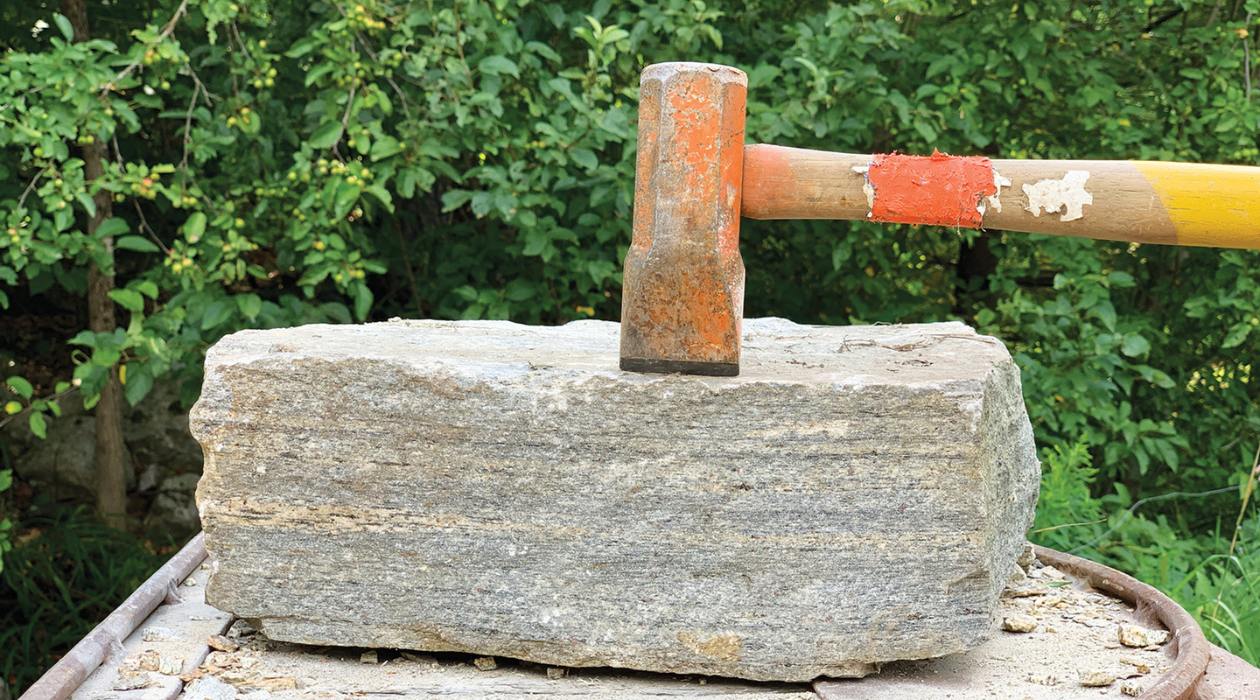
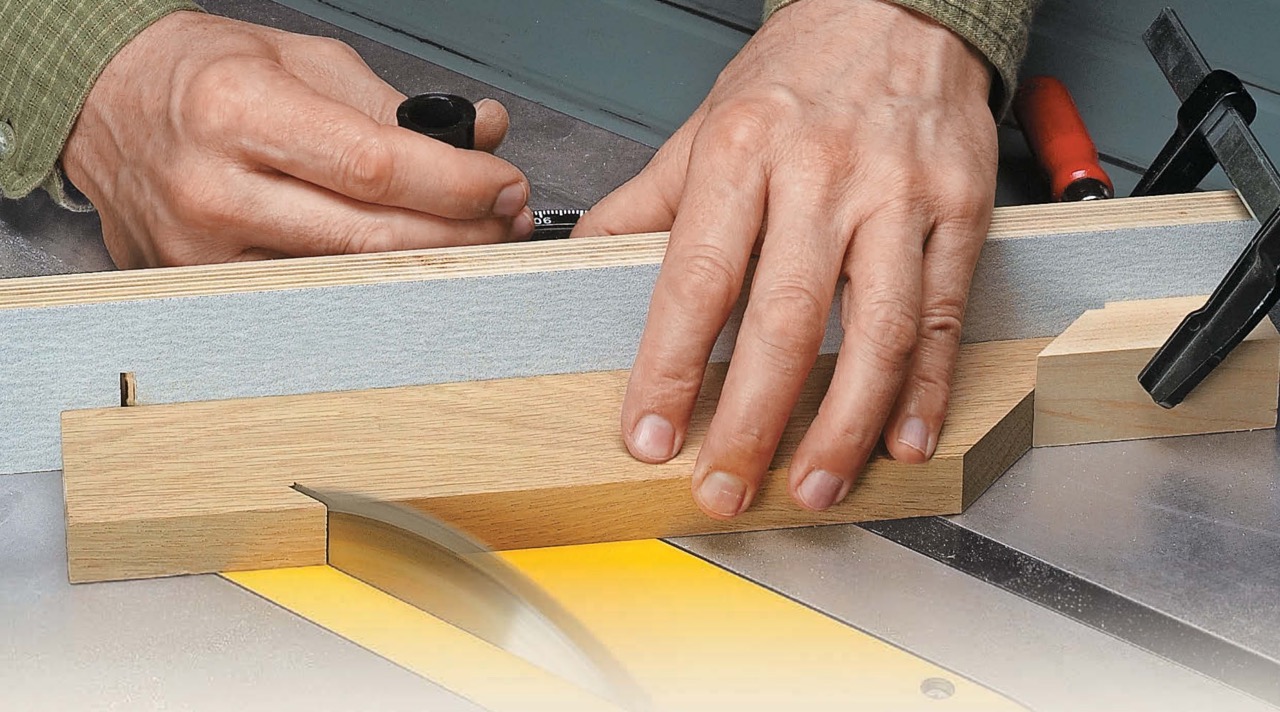
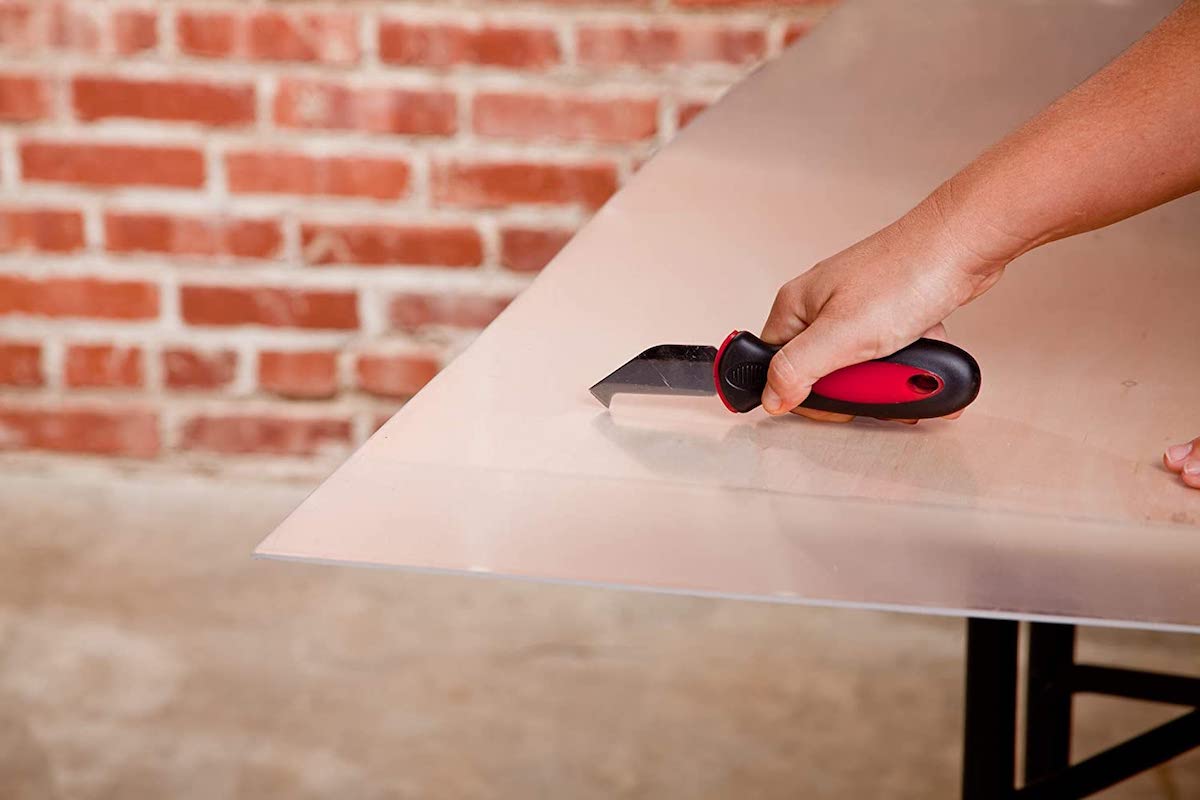
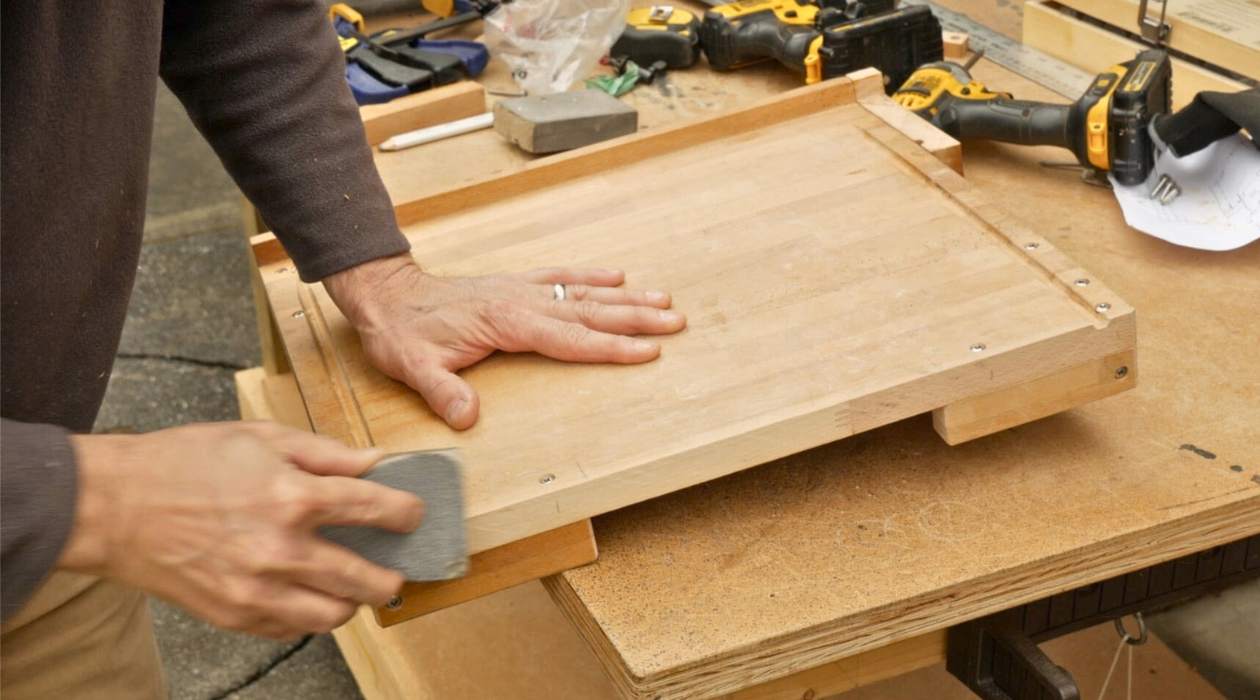
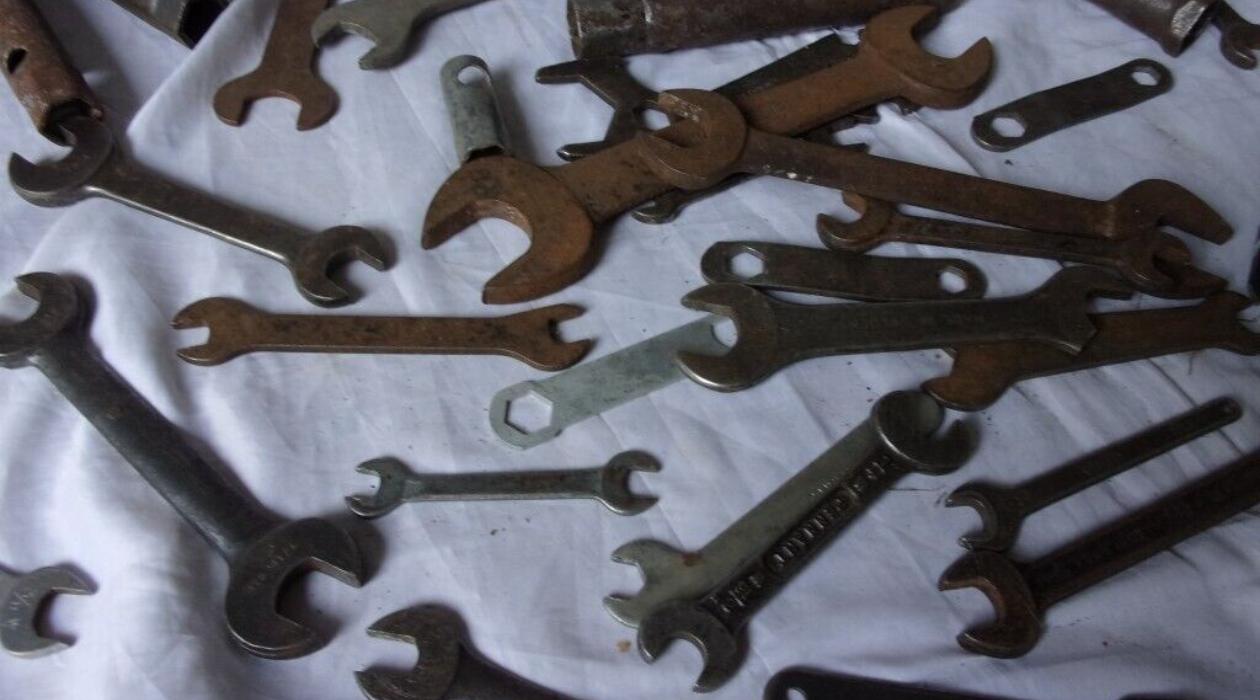

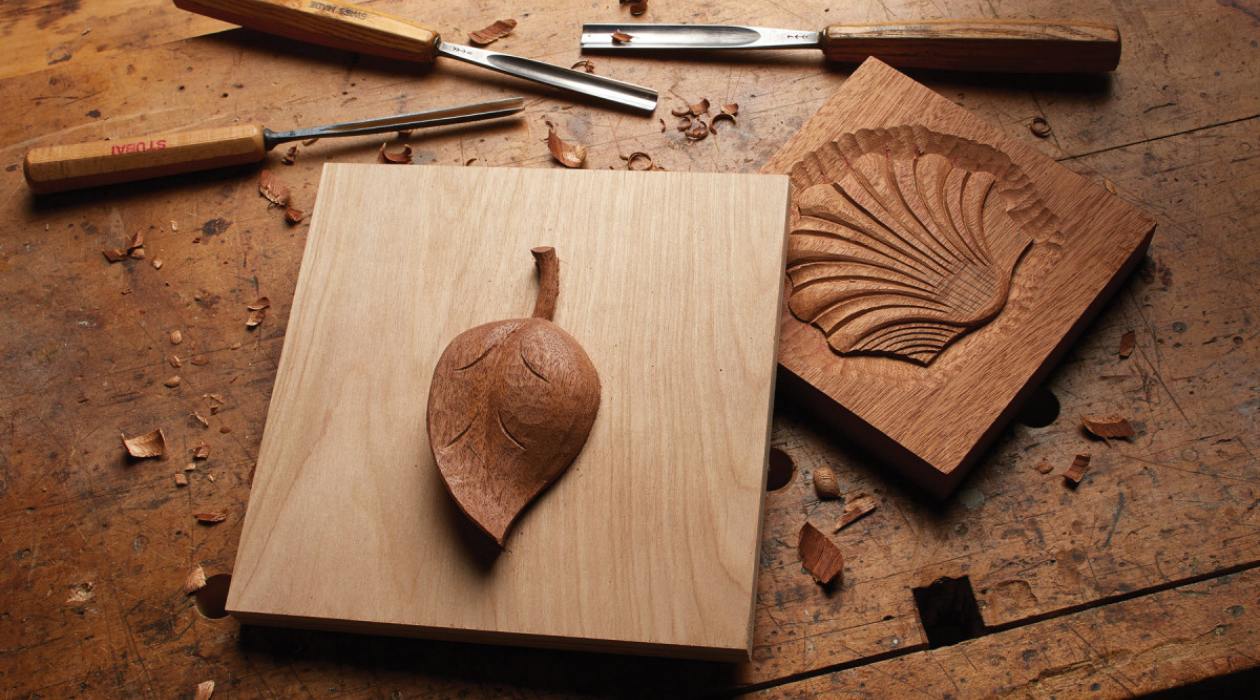
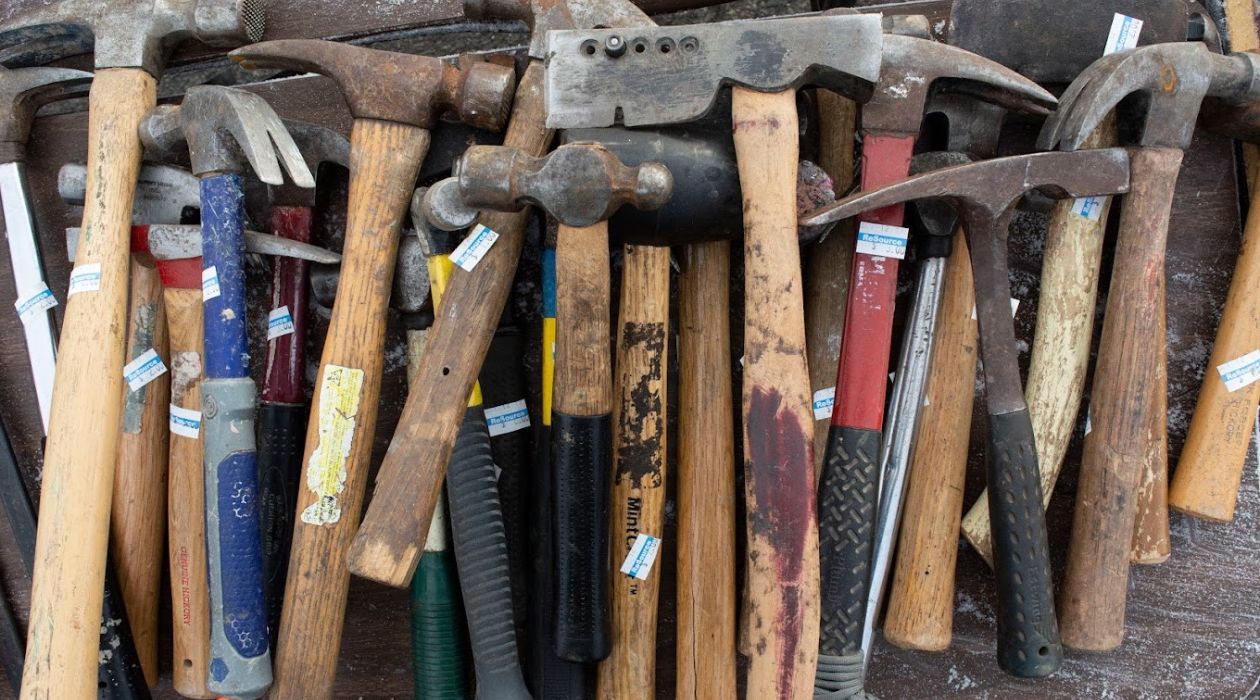
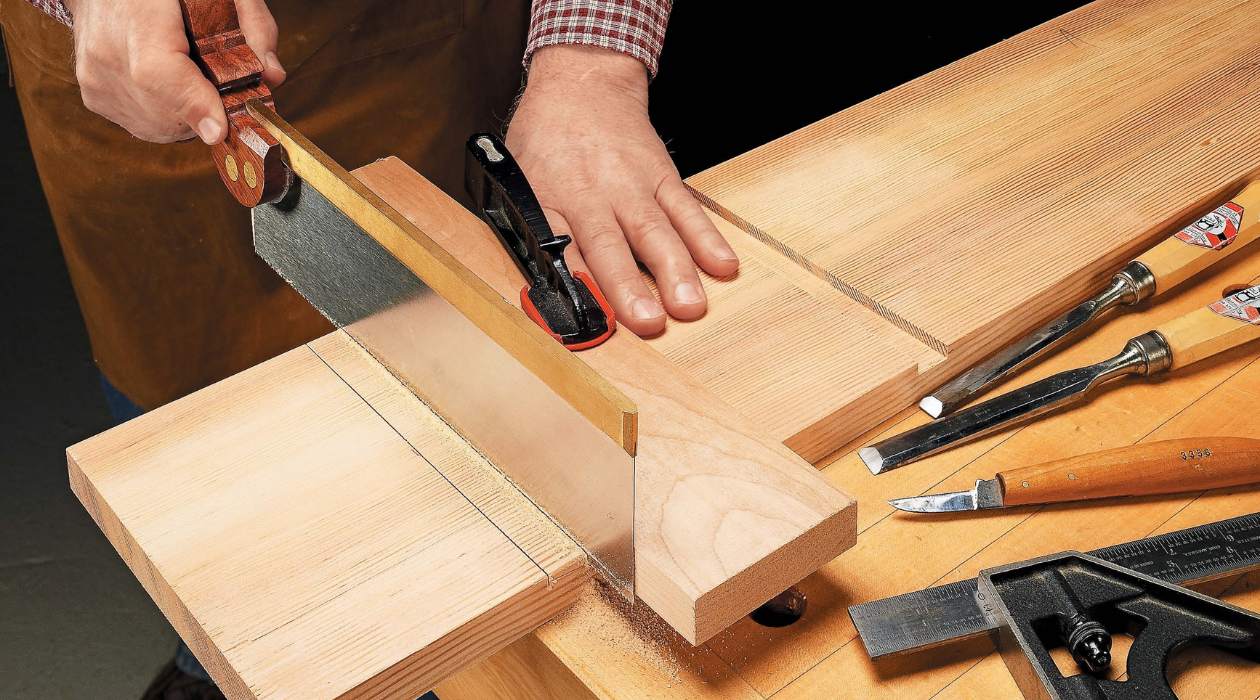
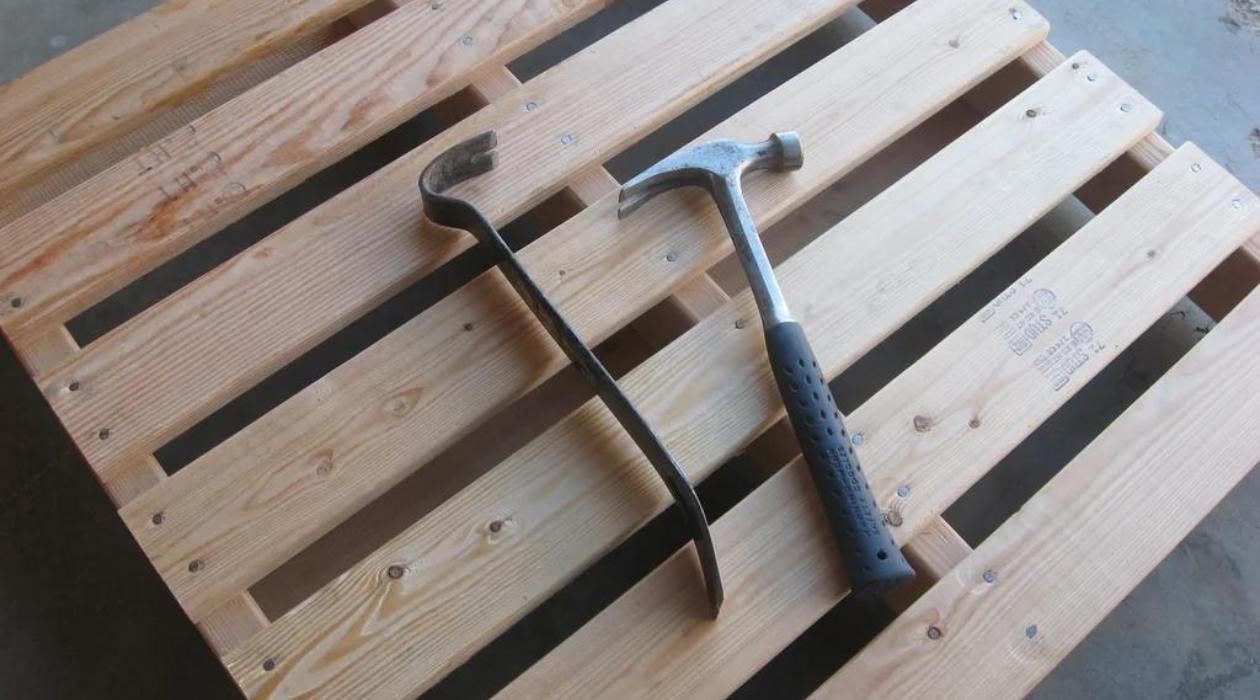

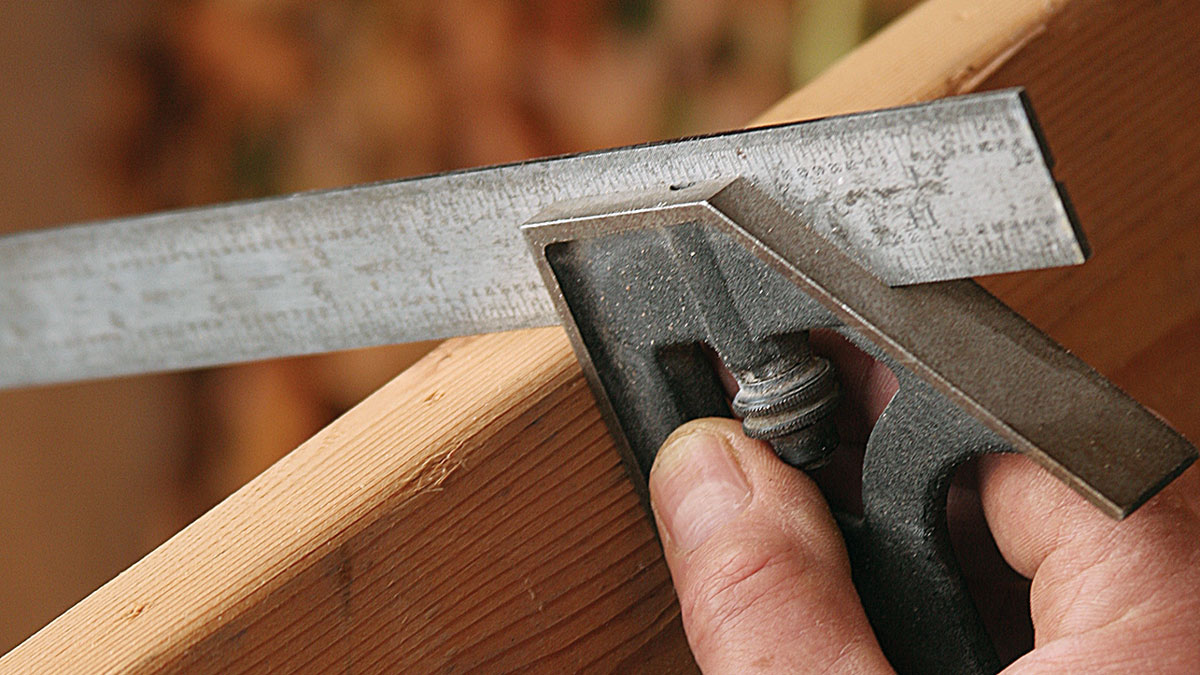

0 thoughts on “How Many Cords Of Wood Can Be Cut Per Day Using Hand Tools”